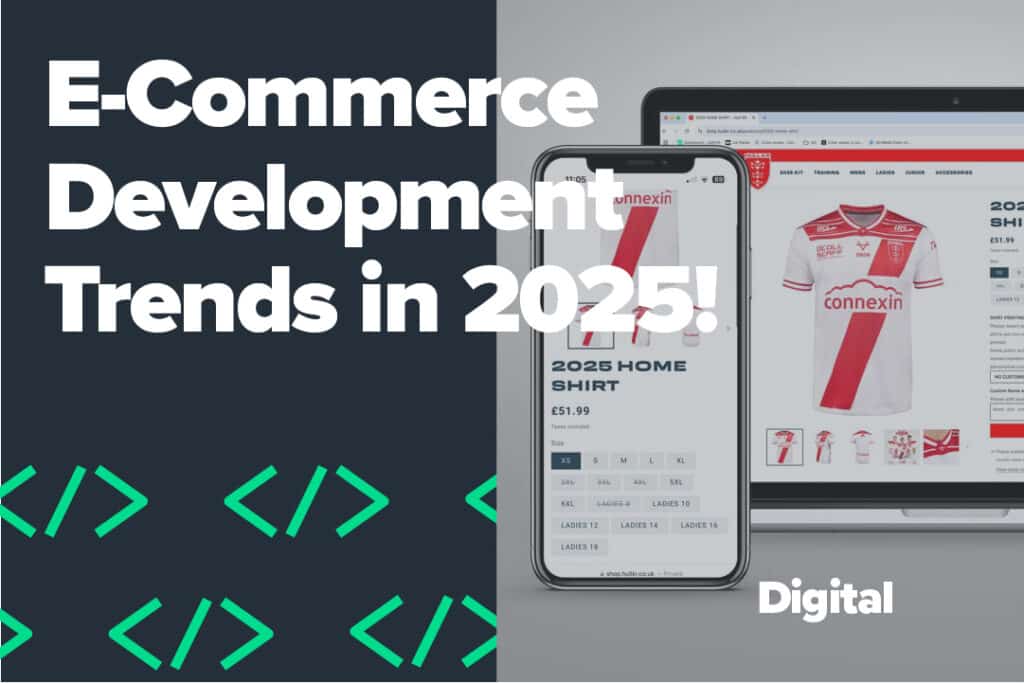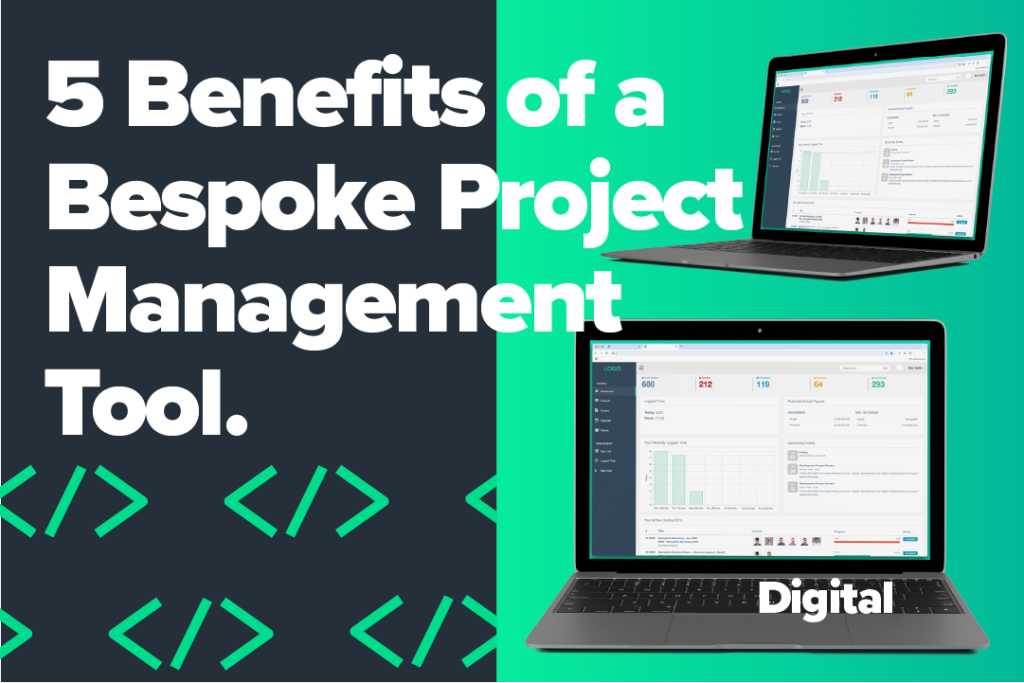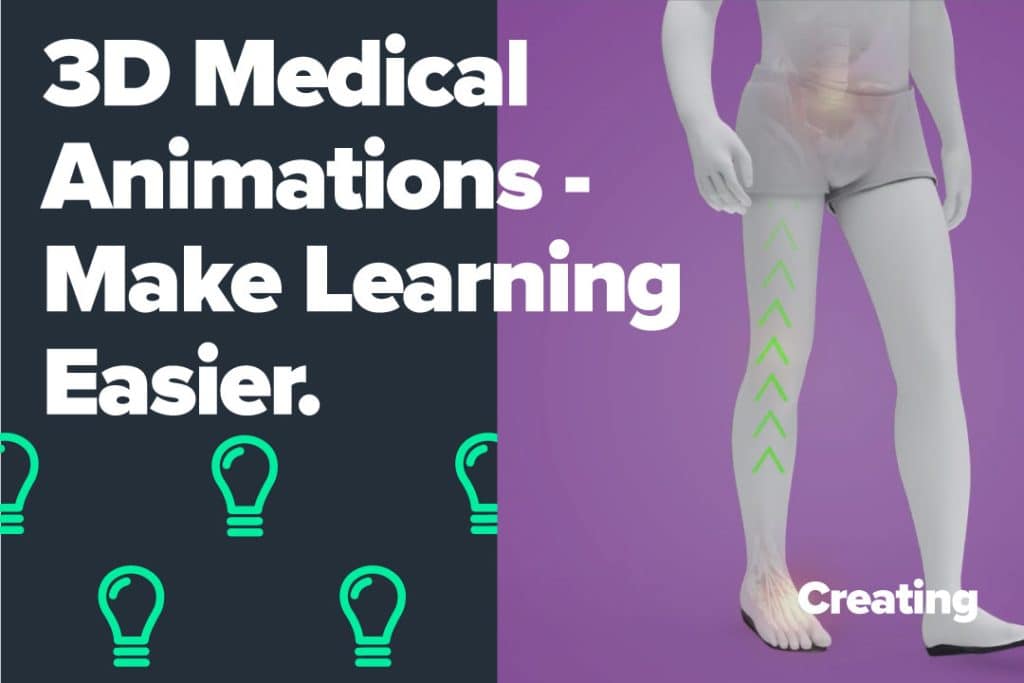When it comes to creating an effective e-commerce website design, there are many different aspects to consider. A well-designed site can be the deciding factor for a user choosing to make a purchase or leaving to shop at a competitor’s site. Read on as we discuss twelve essential steps that should be taken during the design process to build an effective website.
If you’re interested in learning about potential pitfalls you might encounter, be sure to check out our blog, which details ten common website design mistakes and how to avoid them.
Table of Contents
The 10 Most Important e-Commerce Website Design Considerations
1. User Experience
Creating an optimised user experience is one of the most important aspects of e-commerce website design. If users encounter slow loading speeds, difficult navigation, broken links, or cluttered interfaces, they are unlikely to stay on the site for long. By making sure that users can easily find the relevant content and products they are looking for, you increase the likelihood that they will explore the website further and ultimately make a purchase.
2. Mobile-First Design
At Eon Visual Media, we understand the benefits of mobile-first design. With more than 60% of website traffic worldwide coming from mobile devices (Statcounter), it’s more important than ever to develop a responsive website that adapts to all types of devices. Even minor delays of just a few seconds can lead users to leave the site. By implementing a mobile-friendly design, you can ensure that your website loads quickly on all devices and browsers.
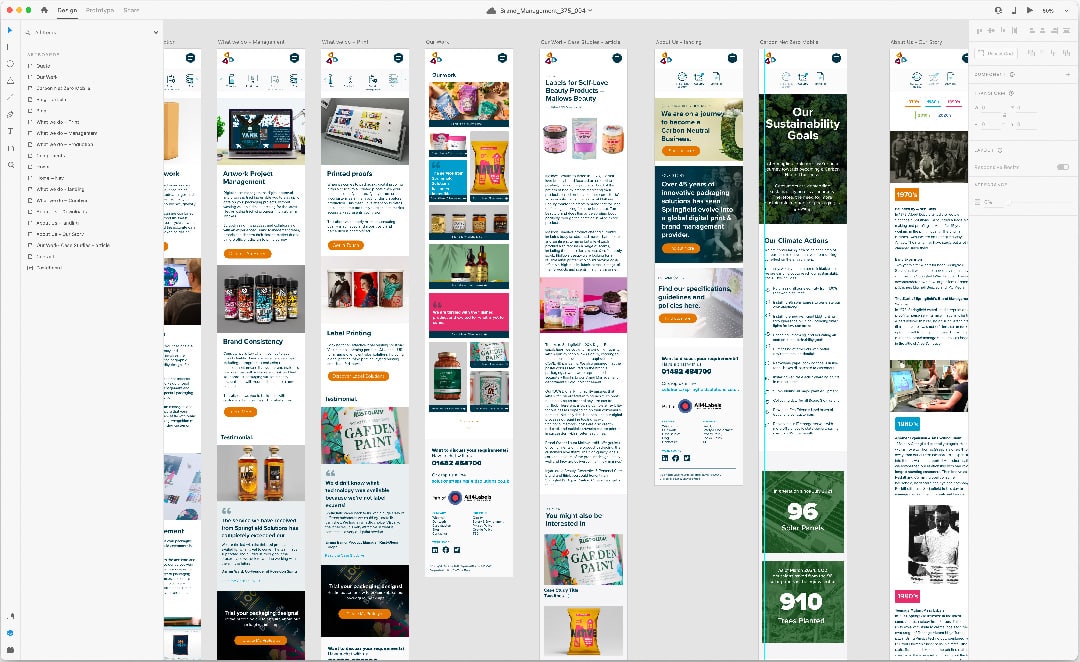
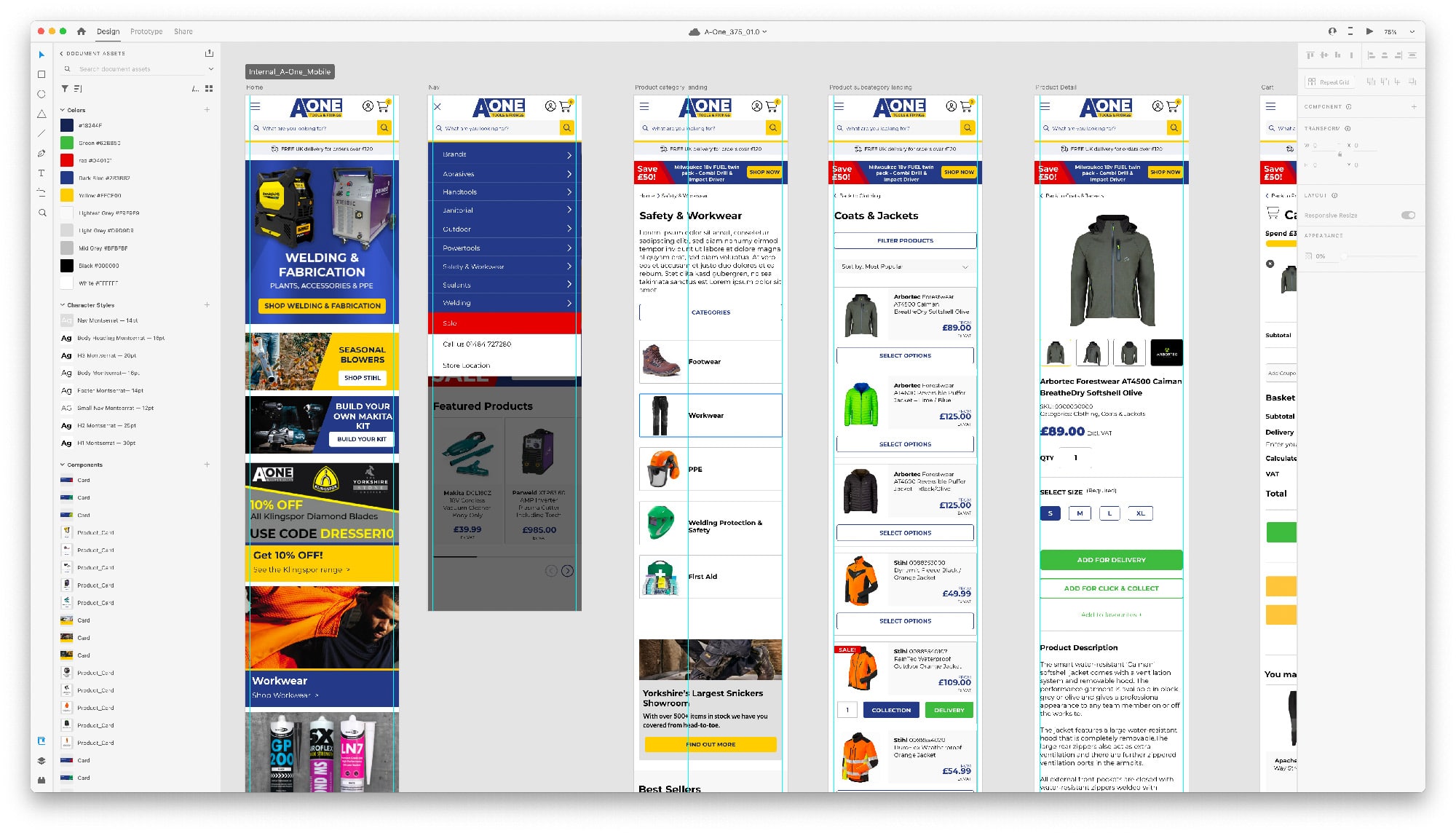
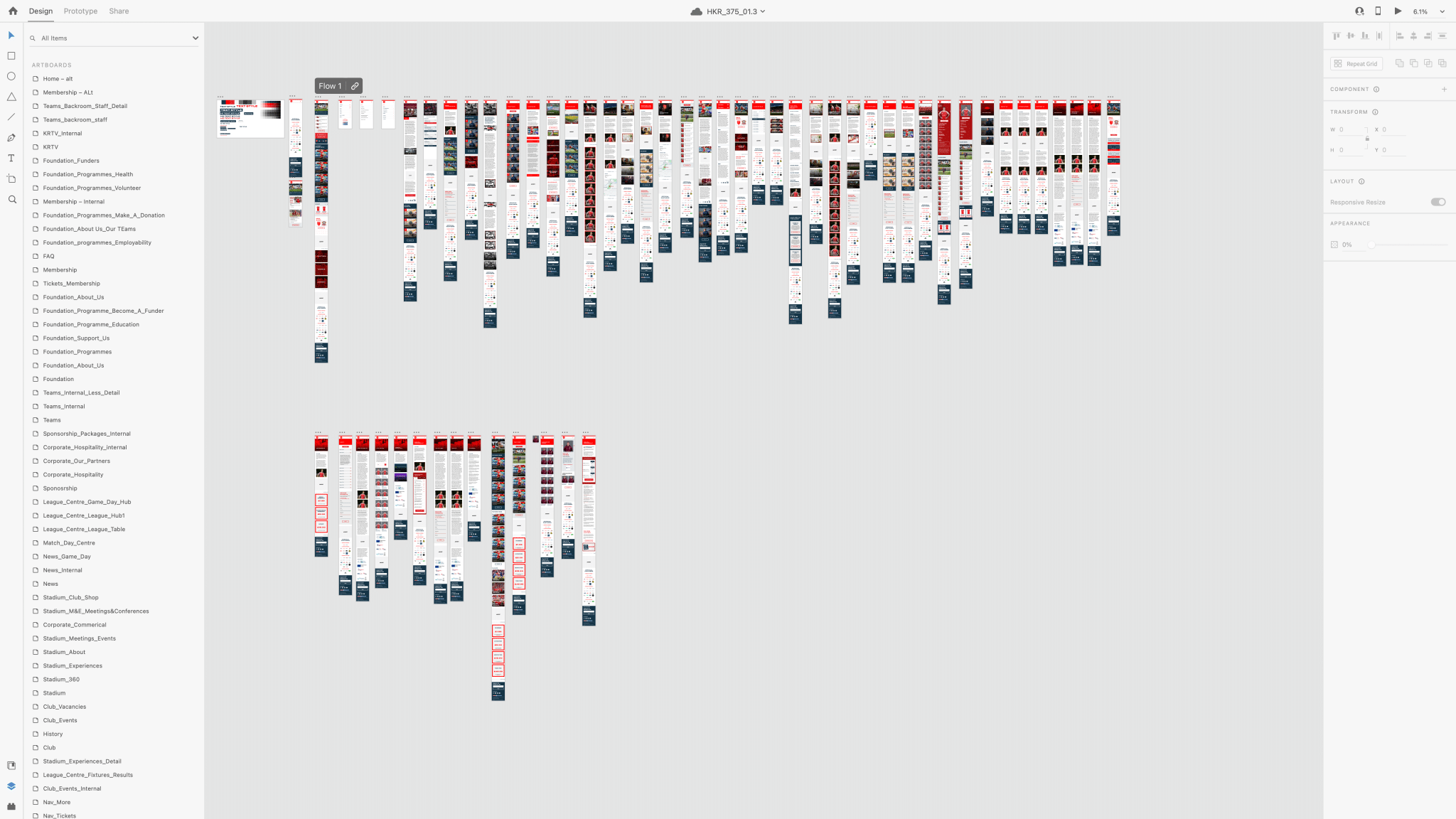
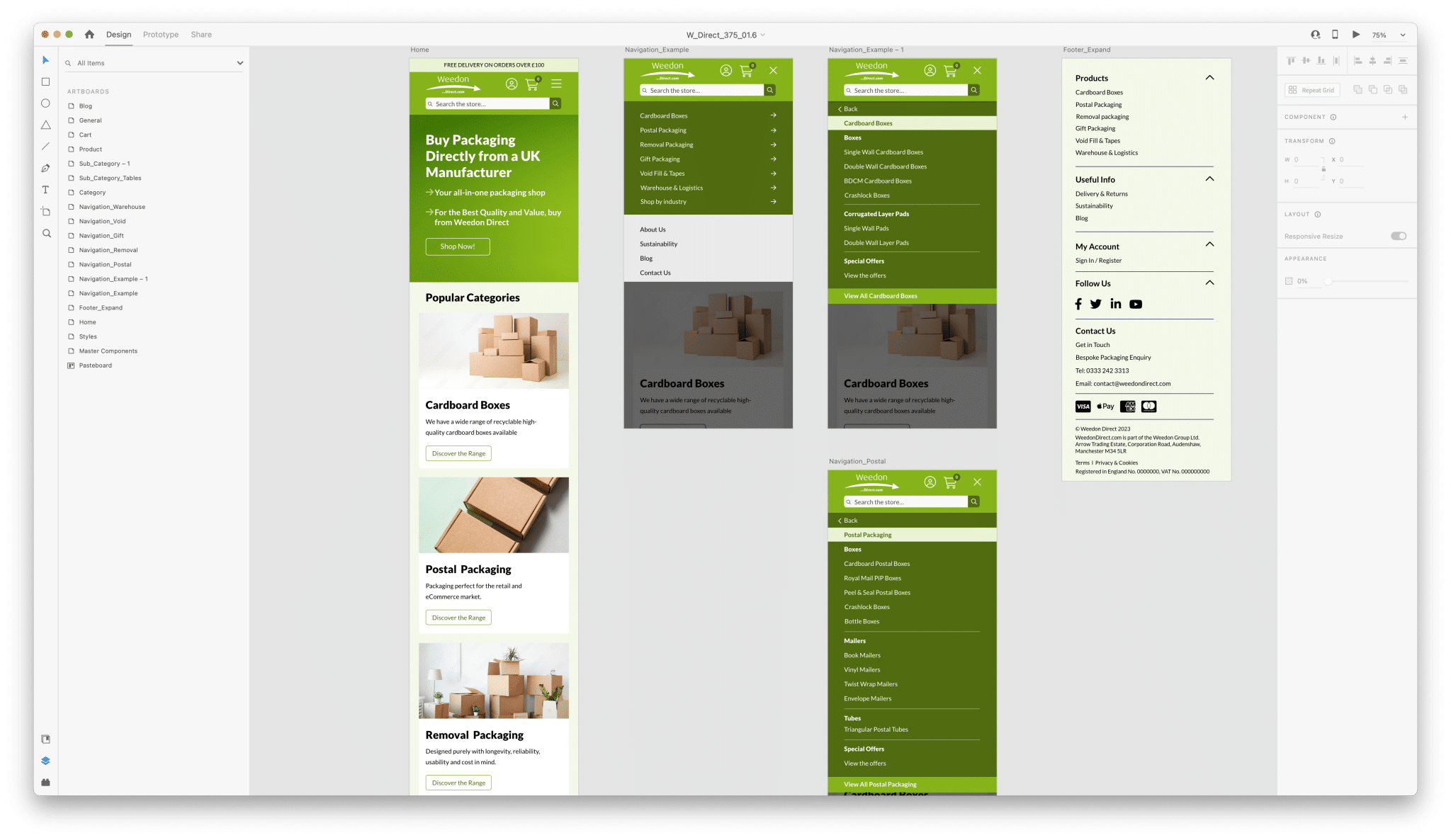
3. Site Performance
In the world of e-commerce, competition is fierce. Even minor delays can result in lost sales, as consumers often have little patience for websites that load slowly or function poorly. This frustration can lead them to abandon their shopping carts and seek alternatives.
Several factors can affect site performance, including slow load times, unoptimised images, and poorly written code. To provide a seamless shopping experience for your customers, it’s essential to carefully evaluate and address each of these aspects during the development process. By improving site performance, you can enhance customer satisfaction and potentially increase your sales.
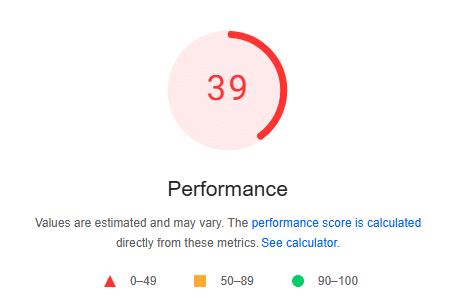
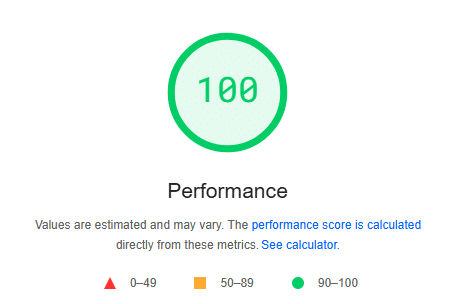
4. Navigation
Intuitive navigation is vital; the design should allow visitors to find what they are looking for effortlessly. Using clear categories and a logical layout can facilitate this process. A streamlined, uncluttered interface will also help maintain users’ attention, encouraging them to engage more with the content available.
Improving navigation involves effectively using calls to action (CTAs). When CTAs are placed strategically, they can significantly increase sales. If users do not have a clear pathway from the landing page to the desired action, they are likely to leave without converting. Therefore, it’s essential to remove barriers to conversion and simplify the purchasing process during the design phase.
5. Images
High-quality images are crucial for e-commerce website design. When utilised effectively, images can enhance user experience, increase retention, and improve engagement by breaking up large blocks of text. This is particularly important in e-commerce, as images help bring the product to life. They allow users to visualise themselves using the product.
Using your own imagery instead of stock photos can greatly benefit your brand. By taking your own photos, you can incorporate your branding elements, present a professional appearance, and display your products in environments that connect with your audience.
It is important not to neglect the technical aspects either. Adding alt text to your images helps search engines to contextualise webpages and index them properly. It allows for the incorporation of relevant keywords, provides context for the image, and enhances visibility in Google Image Search. This practice contributes to better accessibility and improved SEO.
Moreover, it is important to optimise the images used. This means using the correct format and compressing images to reduce file size, prevent slow load speeds and avoid poor quality.
6. SEO & Copywriting
SEO is a top priority, with 43% of e-commerce website traffic coming from organic search on Google (Kinsta). Therefore, when it comes to e-commerce website design, you should ensure that the technical elements are optimised. We believe there are 7 SEO factors to consider when designing a website: mobile-first approach, page speed, structure, indexability, usability, accessibility and schema markups. If you can ensure that each of these aspects have been optimised, you will maximise your visibility, drive organic traffic and be able to reach your target audience.
When considering e-commerce website design, it’s important to address the on-page elements as well. While there’s much to discuss regarding SEO and copywriting, our focus here is on the design aspect itself. Make sure your chosen keyword is incorporated into the title, meta description, and URL, as well as throughout the body text when relevant. Clearly and concisely highlight the features and benefits of your product, emphasising how it solves a problem for your audience.
Off-page SEO also plays a crucial role in enhancing your website’s visibility and performance. One of the most effective strategies is to build backlinks from websites with a high domain authority. These backlinks serve as endorsements, signalling to search engines that your content is valuable and trustworthy. Acquiring these links helps improve your own domain authority over time, positioning your site higher in search results. This increased authority is essential for achieving higher rankings, ultimately leading to greater online exposure and potentially more conversions.

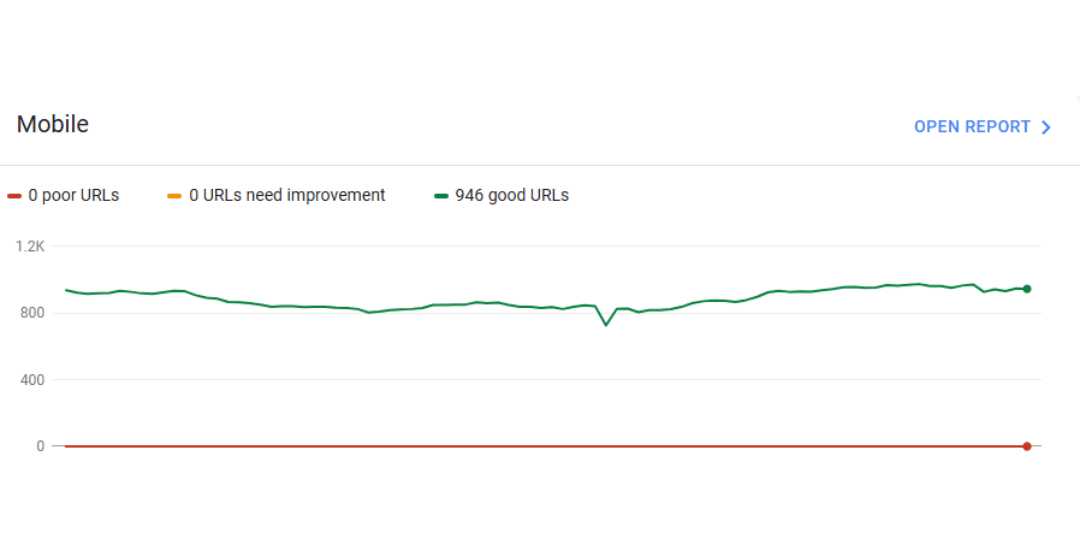
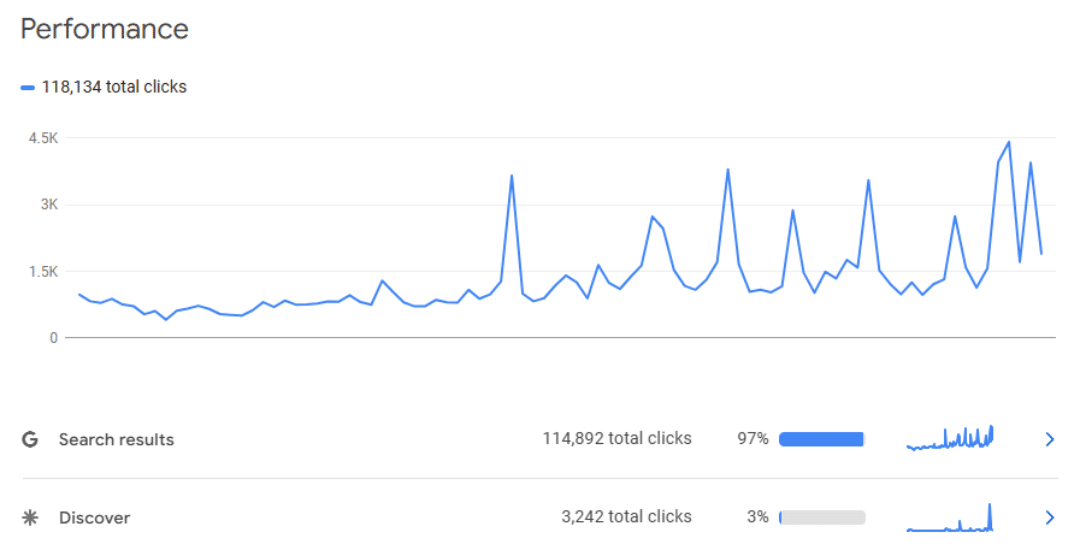
7. Branding
Branding is one of the most important elements of e-commerce website design. A strong brand can help you stand out in crowded markets and leave a lasting impression on customers. It’s essential that every aspect of your branding—such as your logo, color palette, typography, and imagery—aligns with your values, offerings, and target audience.
Having a recognisable brand can enhance customer retention. When customers think of your product, they will immediately think of your brand. Additionally, consistent branding contributes to a seamless shopping experience as users navigate your website. Consistency is vital in presenting yourself as professional, reliable, and trustworthy.
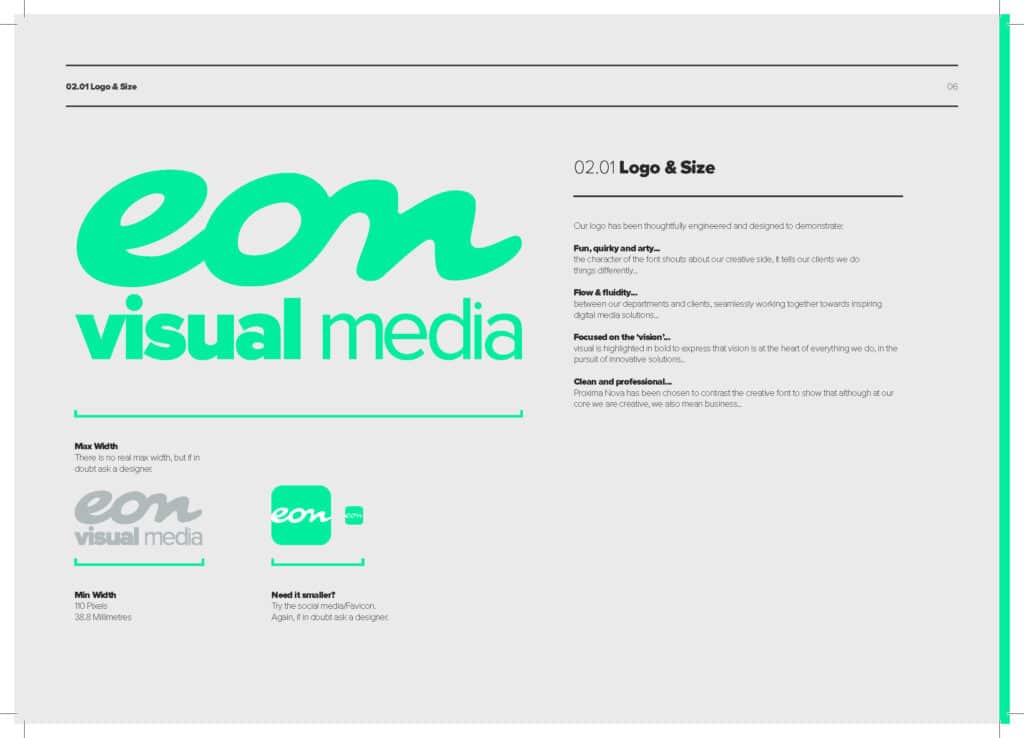
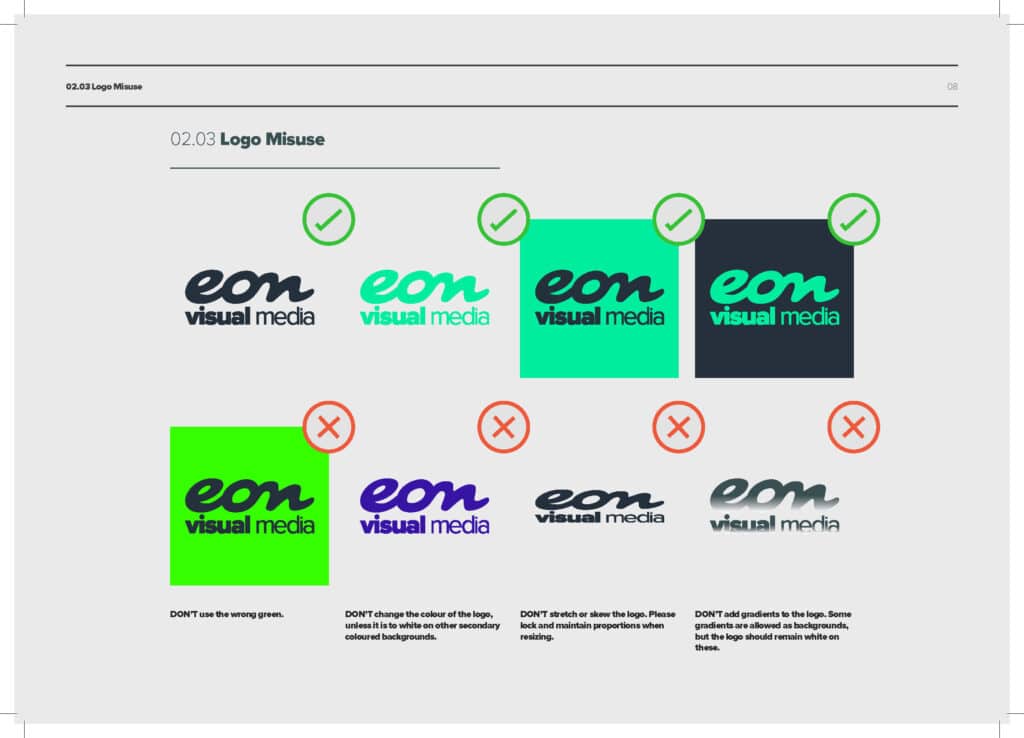
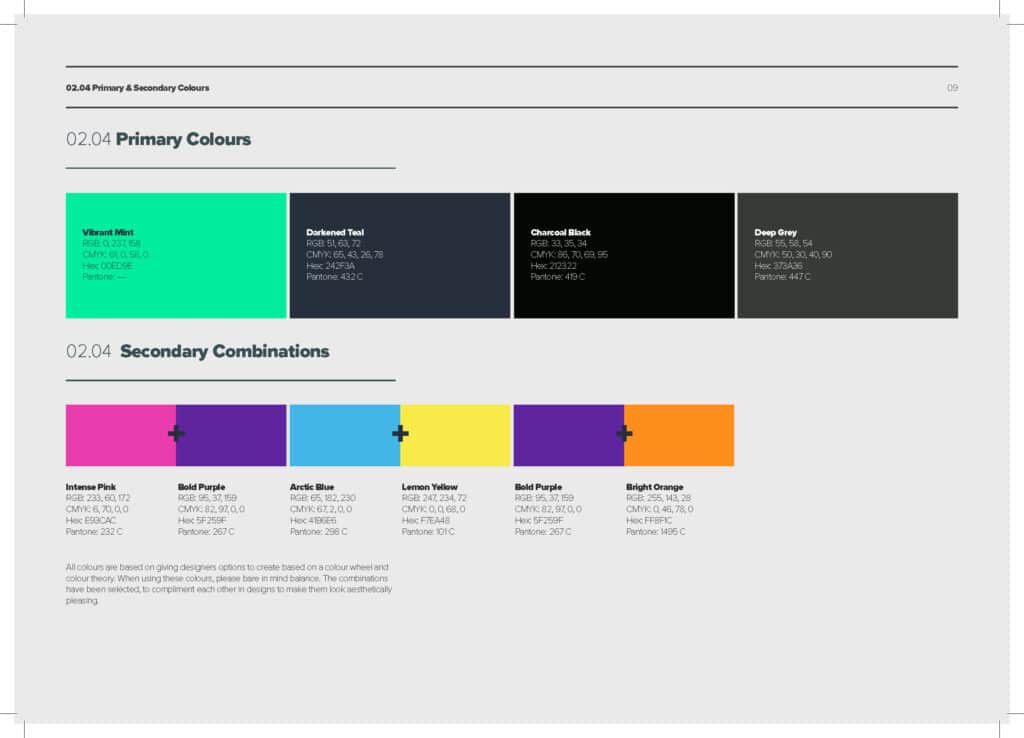
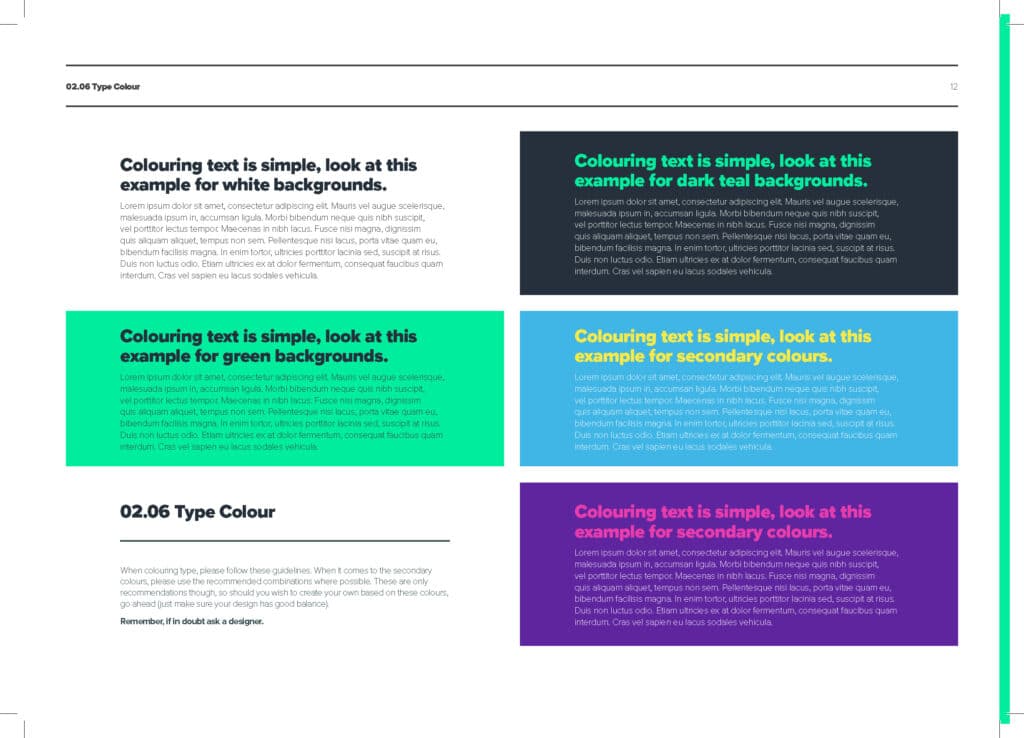
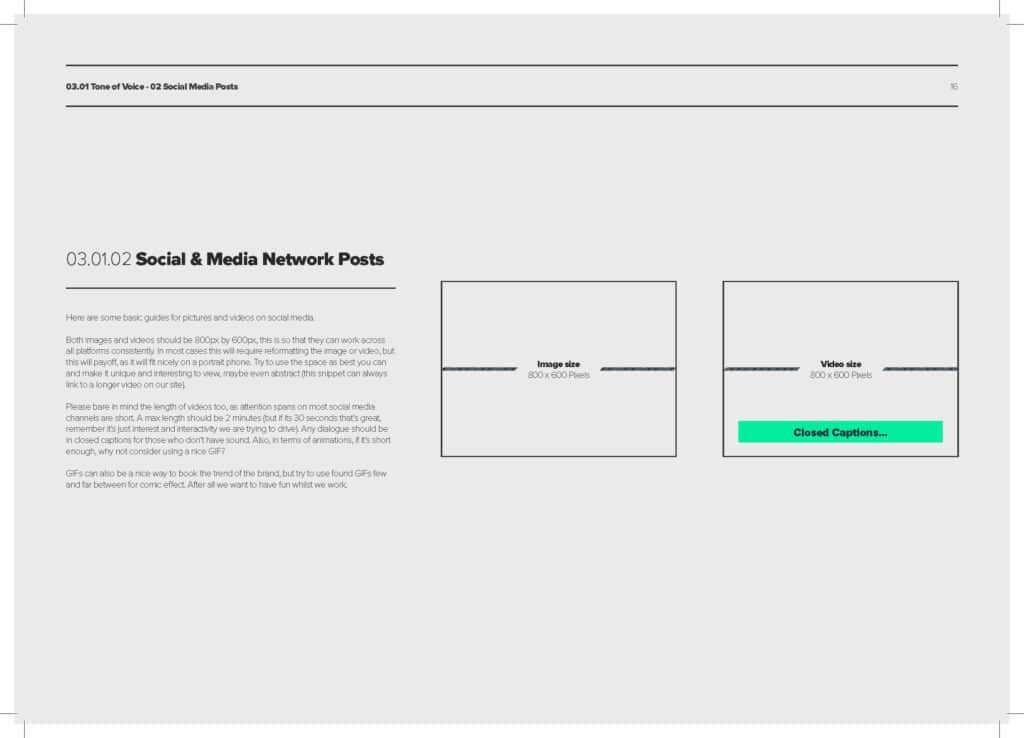
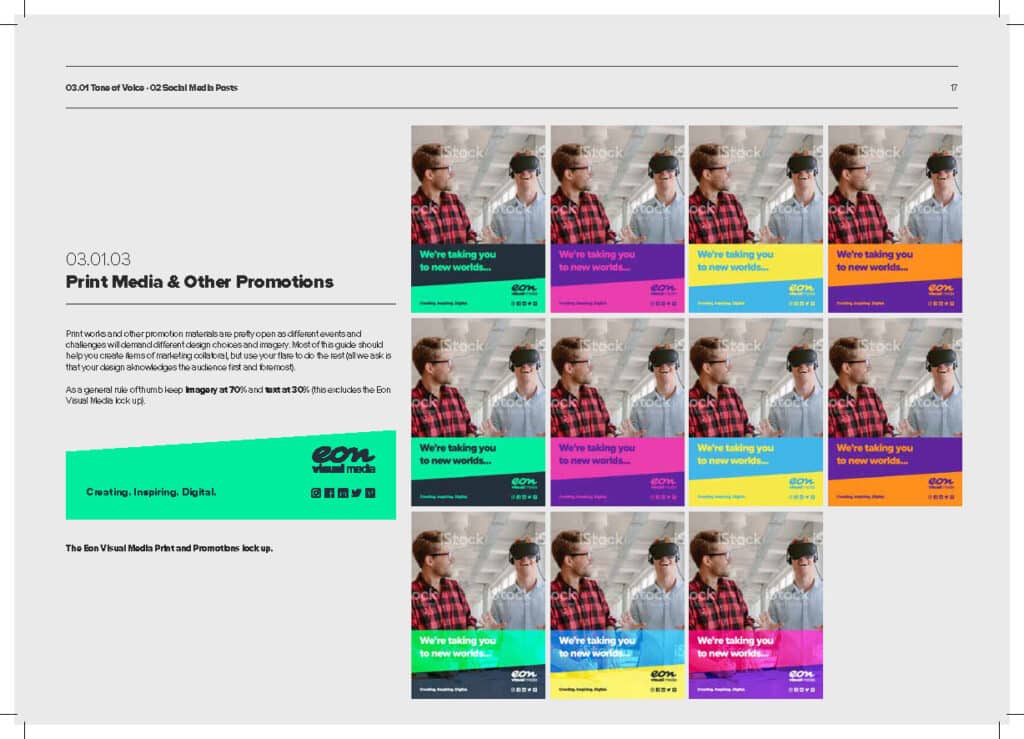
8. Filters & Searchability
Whether you are selling tens, hundreds or thousands of products, it is vital that your customers can easily locate the items they wish to purchase. If they encounter difficulty finding a product, the likelihood of them completing a purchase decreases significantly. Whilst we have explored the importance of intuitive navigation for e-commerce website design, it’s equally important to consider those users who require a quick and efficient way to search for specific items.
Having robust and accurate filters and advanced search functions is fundamental. By prioritising these features, you can create a more user-friendly shopping experience, ultimately leading to increased sales and customer satisfaction.
9. Reviews
According to Reputation, 56% of consumers view online reviews as the most important factor when making purchases online. This highlights the significance of integrating reviews directly onto your website. By doing so, users build trust quicker. Additionally, they can research, evaluate, and decide to make a purchase without leaving your site. Therefore, it is important for you to incorporate review platforms into your e-commerce website design.
10. Checkout & Payment
A straightforward and simple checkout process is crucial for e-commerce website design. A complicated checkout experience can deter customers from completing their purchases. It is important to ensure the process is quick and intuitive, while also displaying all relevant pricing, shipping, and delivery information upfront. Doing this can help reduce the likelihood of cart abandonment.
Ensure that you use a secure and compliant payment system that integrates into your e-commerce platform. Additionally, you should consider supporting multiple different payment methods to remove a potential barrier to purchase.
How We Can Help
With over 20 years of experience, our team of trusted development experts can create an effective e-commerce website design that enhances your sales and elevates your brand to the next level.
You can check out Weedon Direct case study, where we discuss how we redesigned their e-commerce website and implemented SEO, helping them to triple their sales!
Get in touch or email [email protected] to get your free consultation today!

